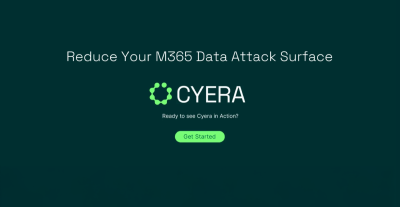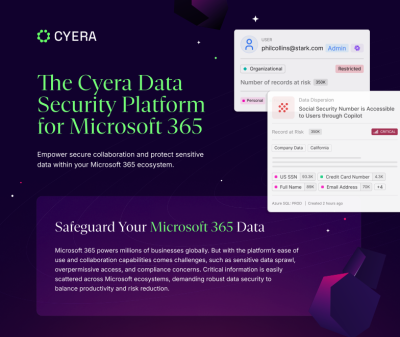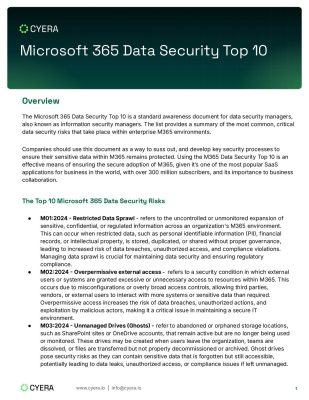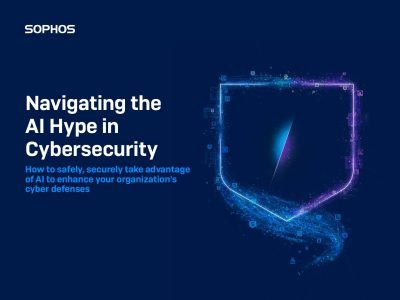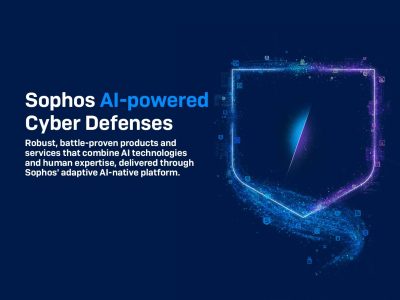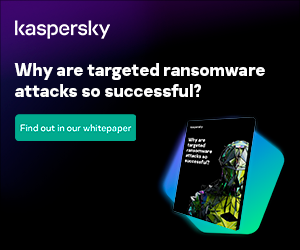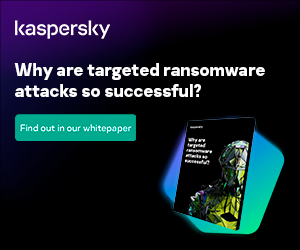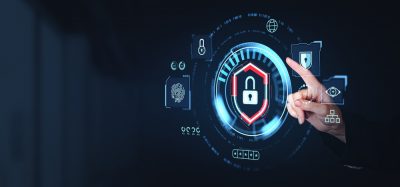Highlights:
- Ensuring thorough documentation and consistent reporting to monitor the condition of assets, detect patterns, and arrive at well-informed decisions regarding enhancements to operations.
- Recent research indicates that more than half of data breaches have implicated a third-party organization, resulting in data being lost or stolen during transit or due to weaknesses in commercial software.
A breach of operational technology (OT) and cyber-physical systems can result in catastrophic consequences for any organization’s operations.
Significant disruptions have occurred in enterprise environments due to operational technology security breaches in recent years.
OT within companies typically encompasses hardware and its associated management software, particularly in the industrial, manufacturing, and physical engineering sectors.
The risk of cyber security outages escalates with connectivity, posing a significant threat akin to cyber-attacks as it can result in downtime or data disruptions.
It is crucial to examine OT asset management, the cornerstone of OT security, as cybersecurity in operational technology (OT) constantly changes due to increased threats.
What Is Operational Technology (OT) Asset Management?
OT asset management involves identifying, organizing, and maintaining assets within an OT environment.
Operational technology encompasses the hardware and software systems utilized across manufacturing, energy, transportation, and infrastructure industries.
The fundamentals of asset management operational technology encompass several essential components:
- Asset identification: Identifying and documenting all assets within the OT environment, including physical devices and software systems.
- Asset inventory: Creating a detailed inventory with information such as asset names, serial numbers, configurations, and locations to provide a comprehensive view of the infrastructure.
- Asset classification and criticality: Assets are classified based on their importance and criticality in prioritizing management activities.
- Asset lifecycle management: Managing assets from procurement to retirement, ensuring proper installation, monitoring, maintenance, and decommissioning.
- Asset monitoring and performance management: Continuously monitoring assets to ensure proper functioning and performance, utilizing predictive maintenance techniques and condition-based monitoring.
- Security and risk management: Implementing security measures to protect assets from cyber threats, managing user access, and mitigating risks associated with asset failures or cybersecurity incidents.
- Change management: Implementing processes to manage changes to assets, configurations, and software systems to prevent disruptions to operations.
- Documentation and reporting: Ensuring thorough documentation and consistent reporting to monitor the condition of assets, detect patterns, and arrive at well-informed decisions regarding enhancements to operations.
By adhering to these principles, organizations can effectively manage their operational technology assets, ensuring reliability, security, and optimal performance of industrial processes.
Knowing the fundamentals of OT asset management is essential to protecting vital infrastructure from a wide range of cyber threats, as demonstrated by the different kinds of operational technology cyberattacks.
What Are the Top 5 Operational Technology Security Risks?
Cyber security for operational technology is rapidly evolving, driven by geopolitical dynamics involving major global players like Russia, China, and the Middle East. These tensions and technological advancements create new and sophisticated cyber threats, particularly in OT.
- AI-powered cyber-attacks: Expect a surge in AI-powered attacks in 2024 as hackers leverage machine learning to bypass traditional security measures.
This includes the creation of complex malware and deepfakes, potentially leading to misinformation campaigns and impersonation attacks, destabilizing effects in geopolitically tense regions.
- Supply chain vulnerabilities: Supply chain attacks are rising and are expected to become more complex. The SolarWinds incident demonstrated the far-reaching implications of such attacks.
With global supply chains interconnected, a targeted attack on a supplier in one region could have cascading effects worldwide, particularly in politically sensitive areas.
- Data poisoning in industrial AI systems: Industries relying on AI for operational efficiency face the threat of data poisoning. Bad actors, including state-sponsored ones, may target AI training data, leading to flawed decision-making.
This poses a significant risk in sectors like manufacturing and energy, where AI-driven decisions are pivotal.
- Espionage and intellectual property theft: Espionage, notably from nations like China, presents a significant threat to OT.
In 2024, expect increased attempts to steal intellectual property and sensitive data from the defense, technology, and telecommunications industries. This threat extends to sabotage of critical R and D projects, amplifying concerns beyond data theft.
- Dependency on third-party vendors
Many organizations prioritize cyber security operational technology when selecting third-party vendors but lack dedicated personnel to oversee these vendors and employees.
Recent research indicates that more than half of data breaches have implicated a third-party organization, resulting in data being lost or stolen during transit or due to weaknesses in commercial software.
It’s excellent news that stricter regulations simplify choosing vendors who follow internationally recognized standards. Moreover, numerous security product vendors are consolidating functions into cost-effective solutions within an integrated suite of tools.Top of Form
Transitioning from pinpointing the main operational technology security risks to implementing proactive measures in OT best practices. Recognizing these potential pitfalls is essential for developing successful plans to address them.
What Is Operational Technology Security Best Practices?
According to a 2023 report by Fortinet, Seventy-five percent of organizations that took part in the survey last year reported at least one intrusion in the past 12 months, marking an improvement over 2022’s figure of over 90%.
Moreover, only 11% of respondents reported six or more intrusions this year, compared to 27% last year.
While cybersecurity solutions continue to benefit most operation technology professionals, enhancing efficiency (67%) and flexibility (68%), solution sprawl remains challenging.
The convergence of IT/OT landscapes further complicates policy enforcement, exacerbated by aging systems, with 74% of organizations reporting ICS systems between six and ten years old.
To sustain progress, organizations must adopt best practices:
- Develop a vendor and OT cybersecurity platform strategy: Consolidation reduces complexity and accelerates outcomes. Partner with vendors emphasizing integration and automation to enforce policies effectively across IT/OT landscapes.
- Deploy network access control (NAC) technology: Advanced NAC is crucial for securing ICS, SCADA, IoT, BYOD, and other endpoints, ensuring complete control over network access and device management.
- Employ a zero-trust approach: Implement asset inventory and segmentation, providing continuous verification of users, applications, and devices seeking access to critical assets.
- Incorporate cybersecurity awareness education and training: Empower all employees with the knowledge and awareness to protect themselves and organizational data through comprehensive cybersecurity training, including nontechnical aspects targeted at users of computers and mobile devices, including teleworkers and their families.
- Patch and update software routinely: Outdated software leaves OT systems vulnerable to exploits, making a robust patch management process essential for timely updates.
However, since OT connectivity is vital for operations, updates, and patches require testing in a controlled environment before deployment.
This operational technology security best practice minimizes network downtime and prevents operational disruptions resulting from incompatible or faulty patches.
Closing Lines
Operational technology security entails identifying, organizing, and maintaining assets within the OT environment across various industries like manufacturing and transportation.
Key components include asset identification, inventory, classification, and lifecycle management. Monitoring, security measures, change management, and documentation are crucial for reliability and security.
Operational technology cyber threats include AI-powered attacks, supply chain vulnerabilities, data poisoning, and espionage.
To counter these, best practices include consolidating cybersecurity solutions, deploying NAC technology, adopting a zero-trust approach, enhancing cybersecurity education, and ensuring routine software updates while minimizing operational disruptions.
These measures safeguard against evolving cyber threats and promote efficient OT operations.
Access a wealth of valuable technology-related whitepapers in our resource center.

